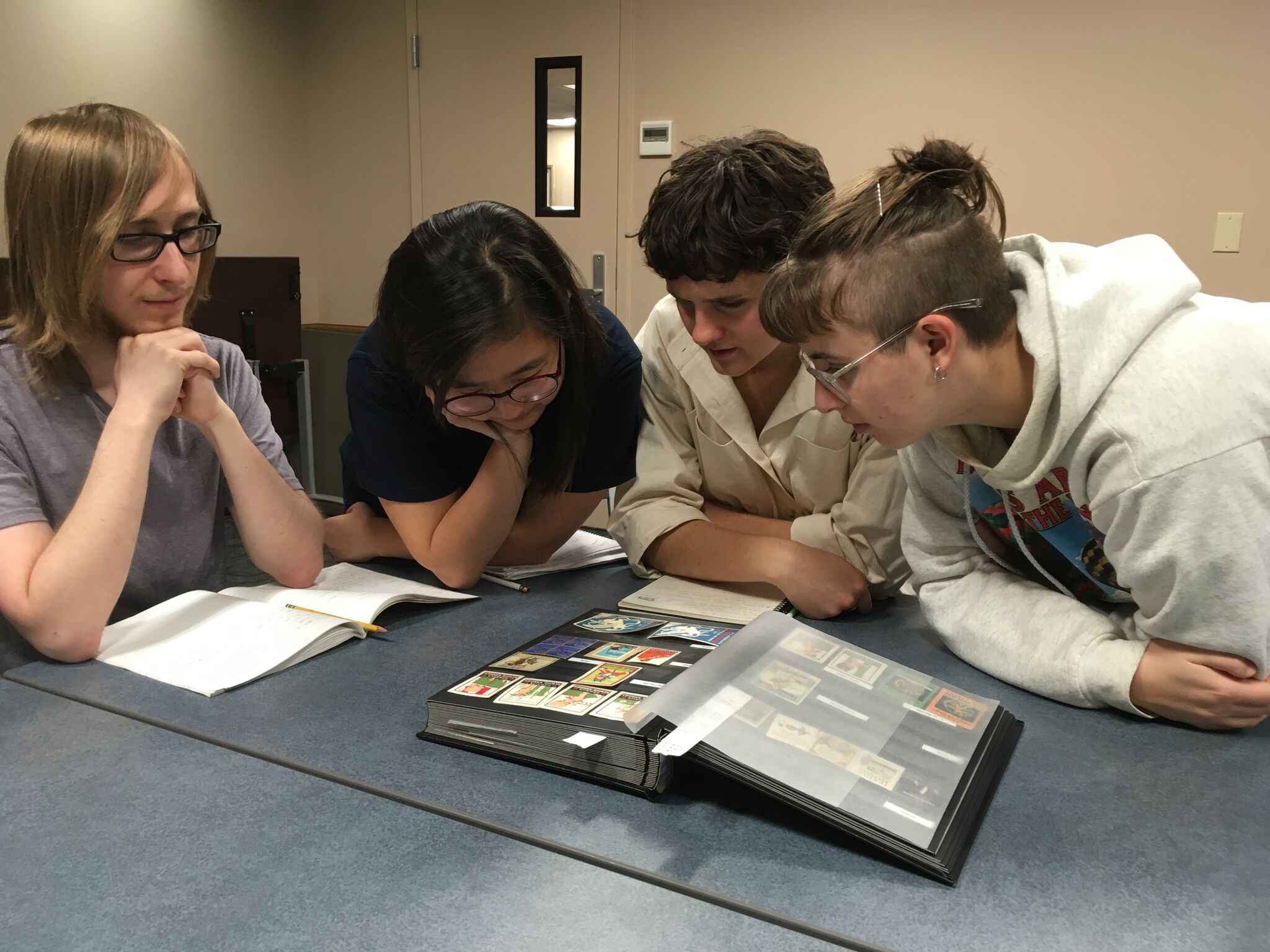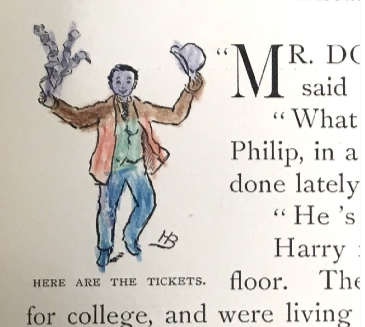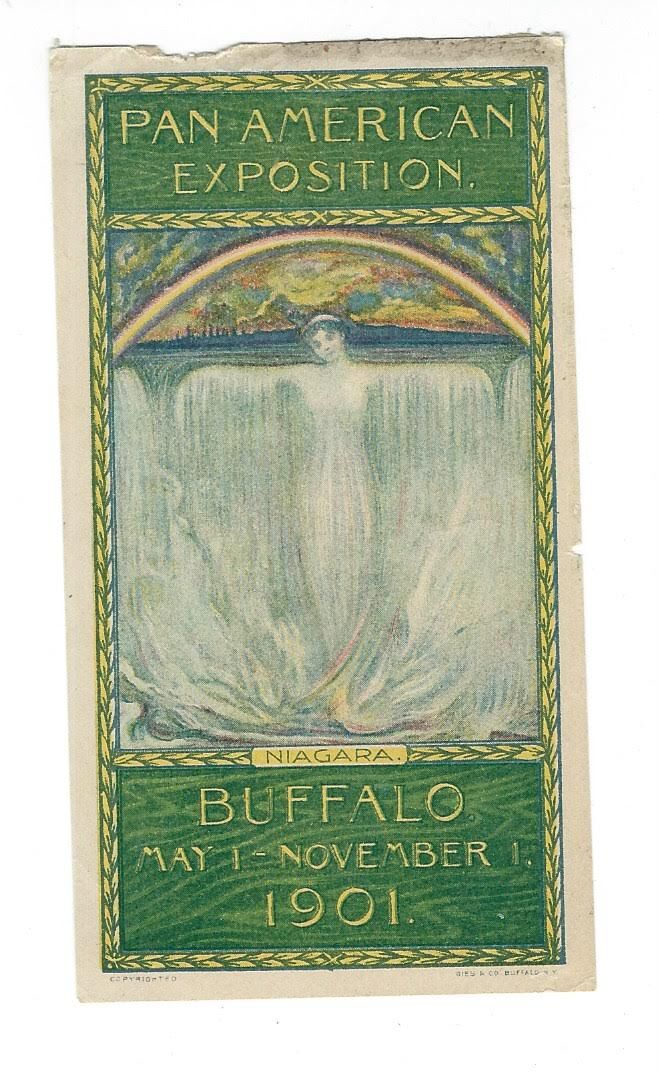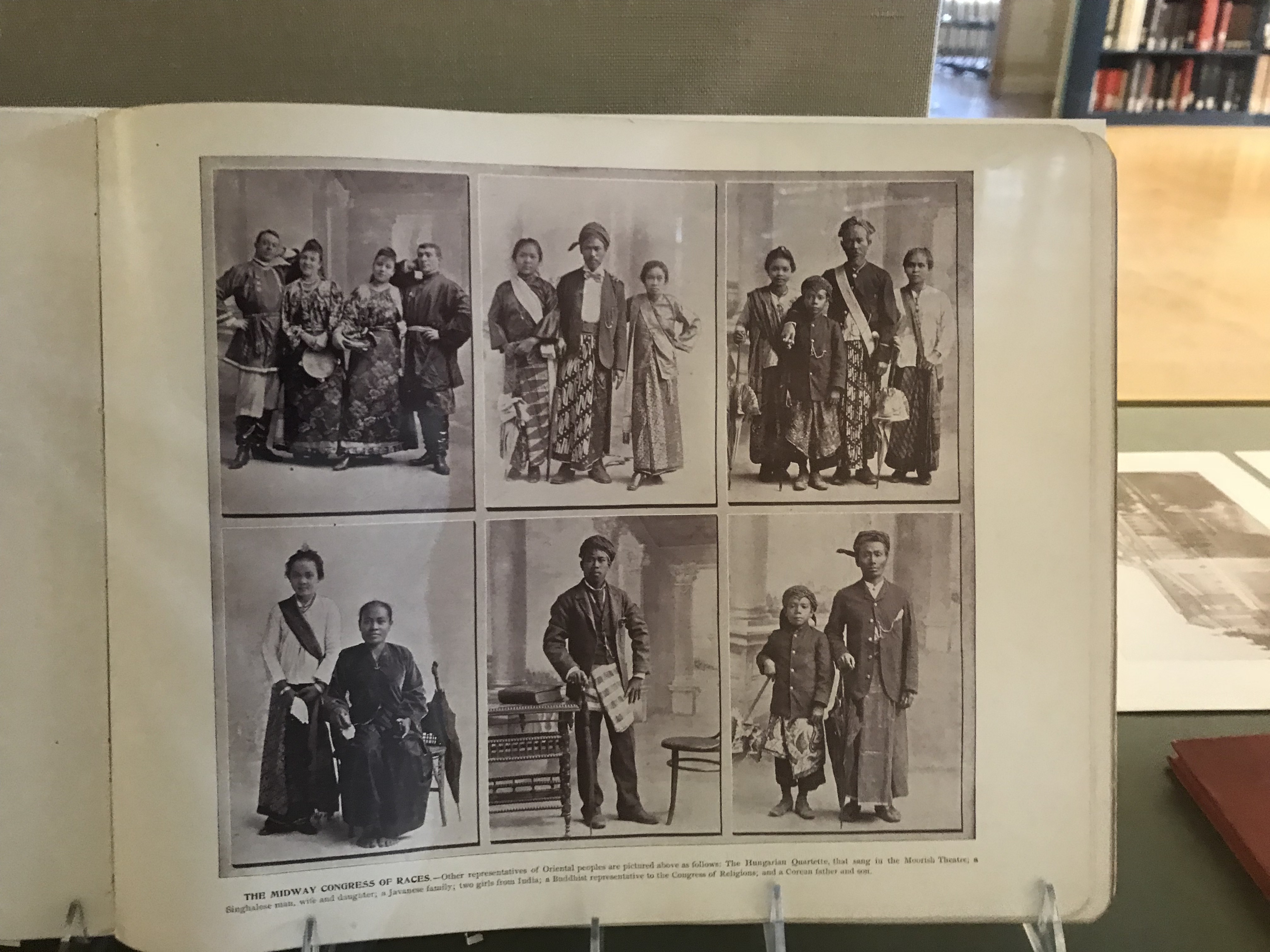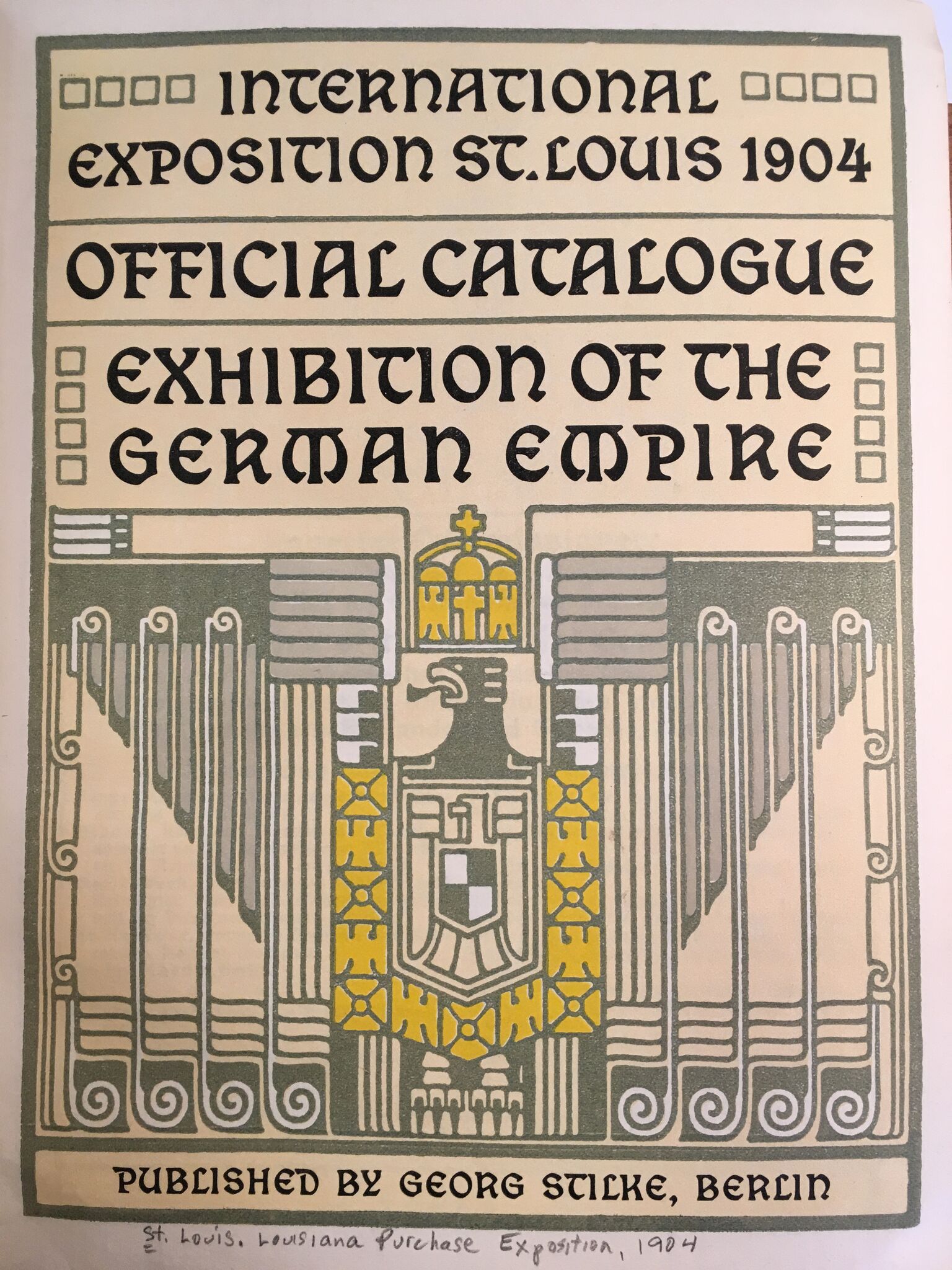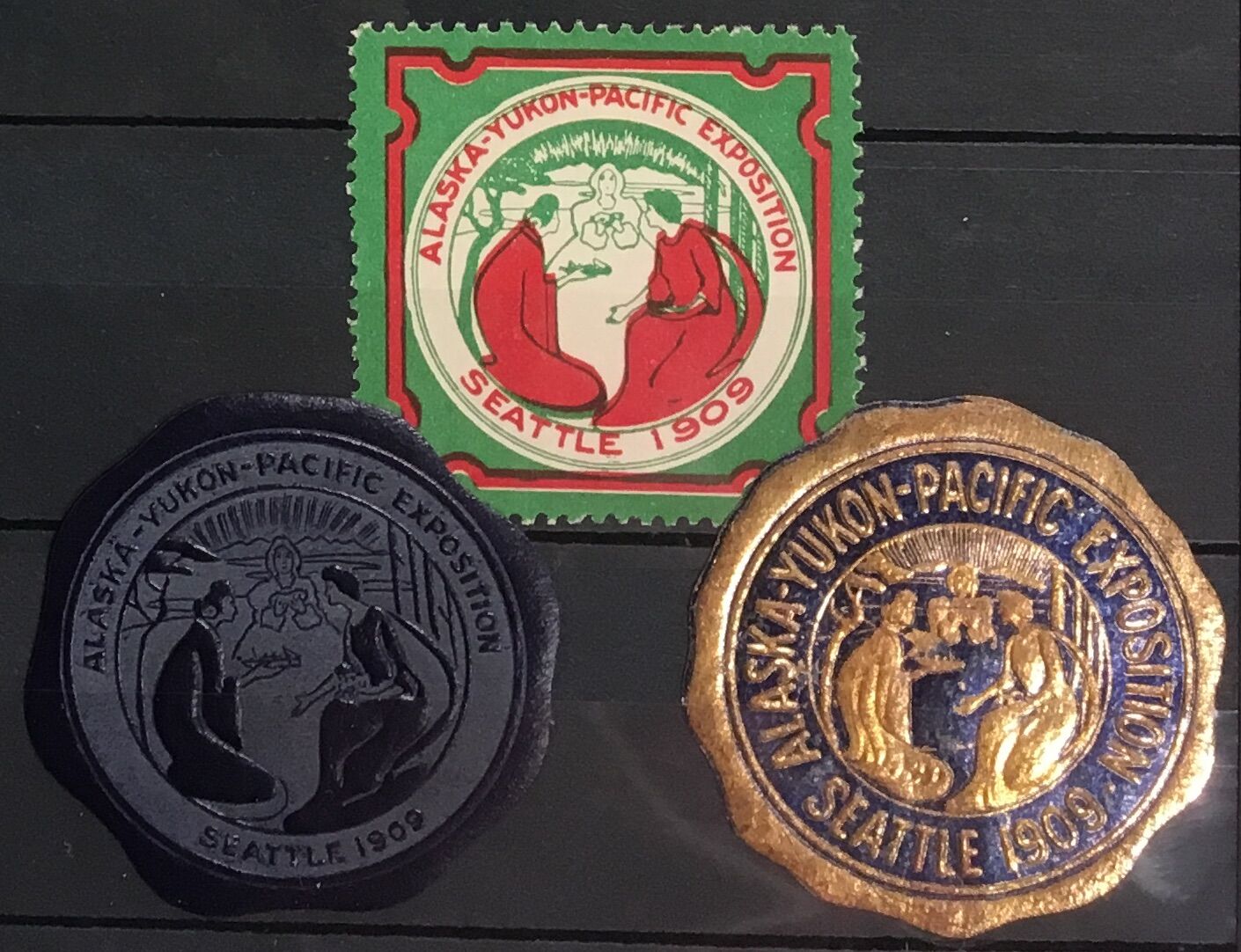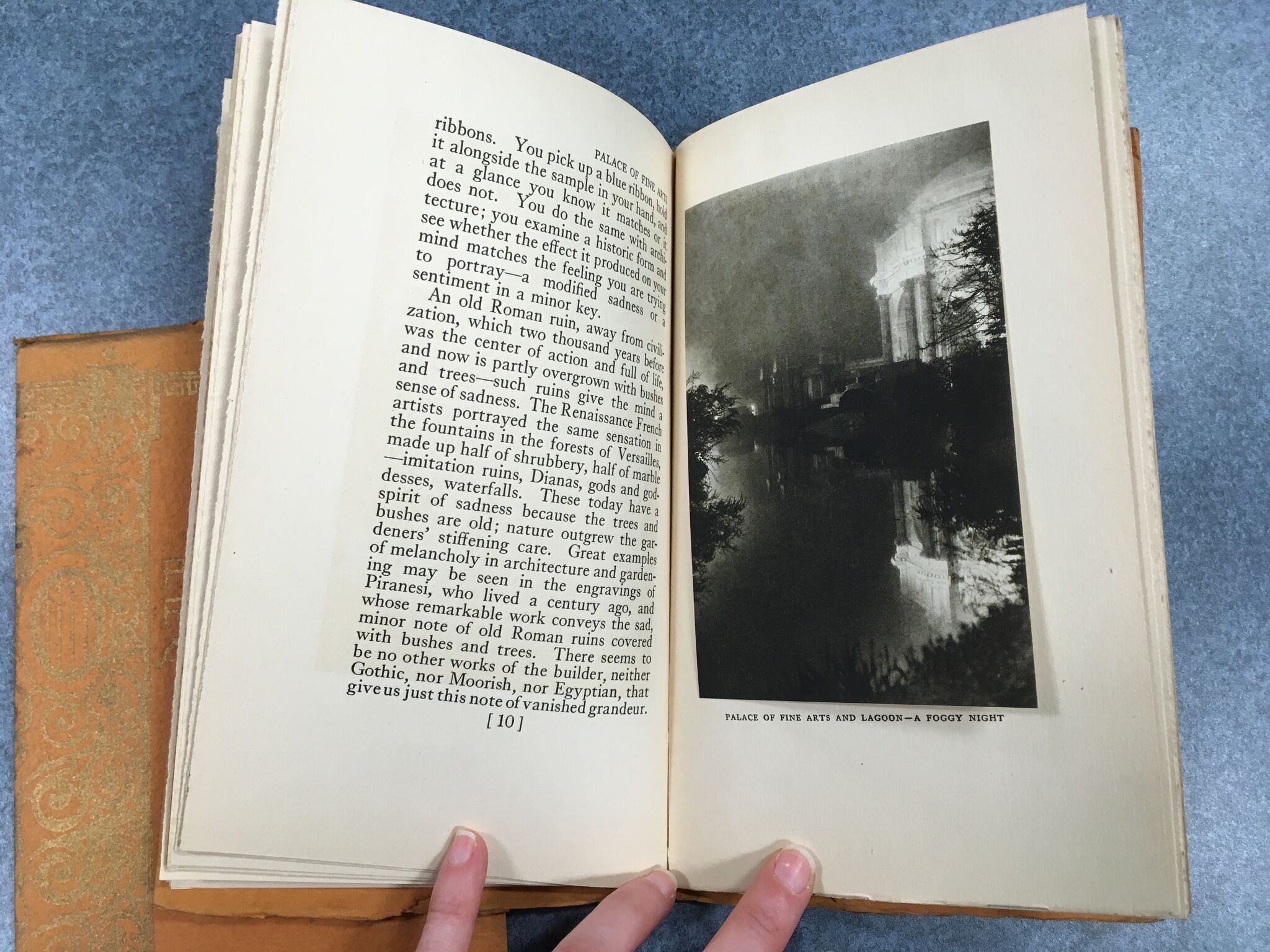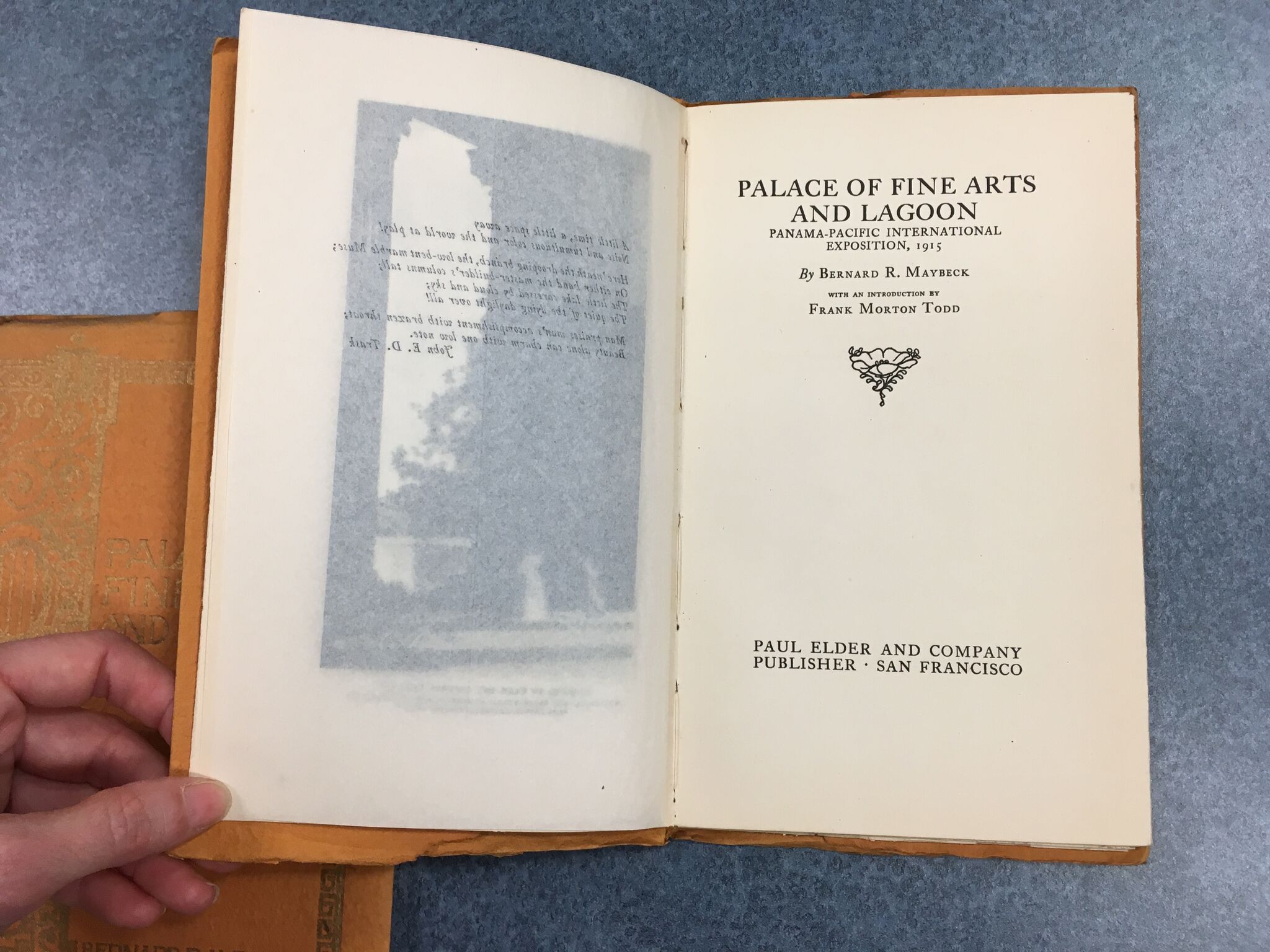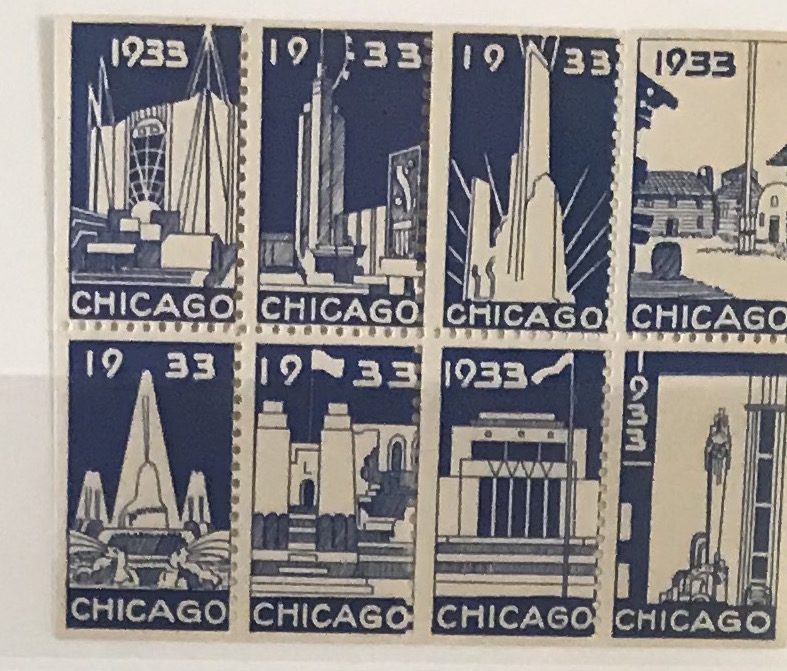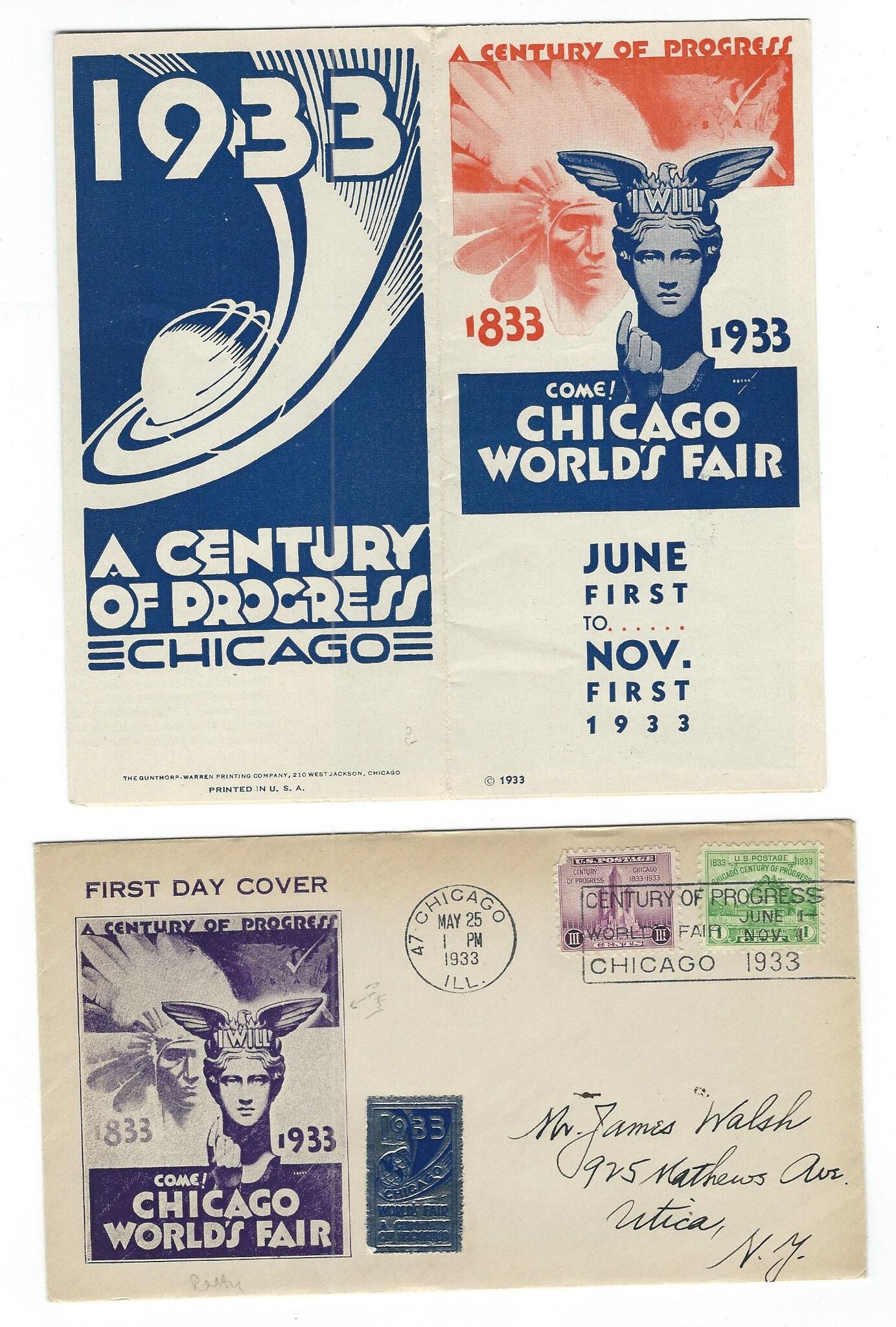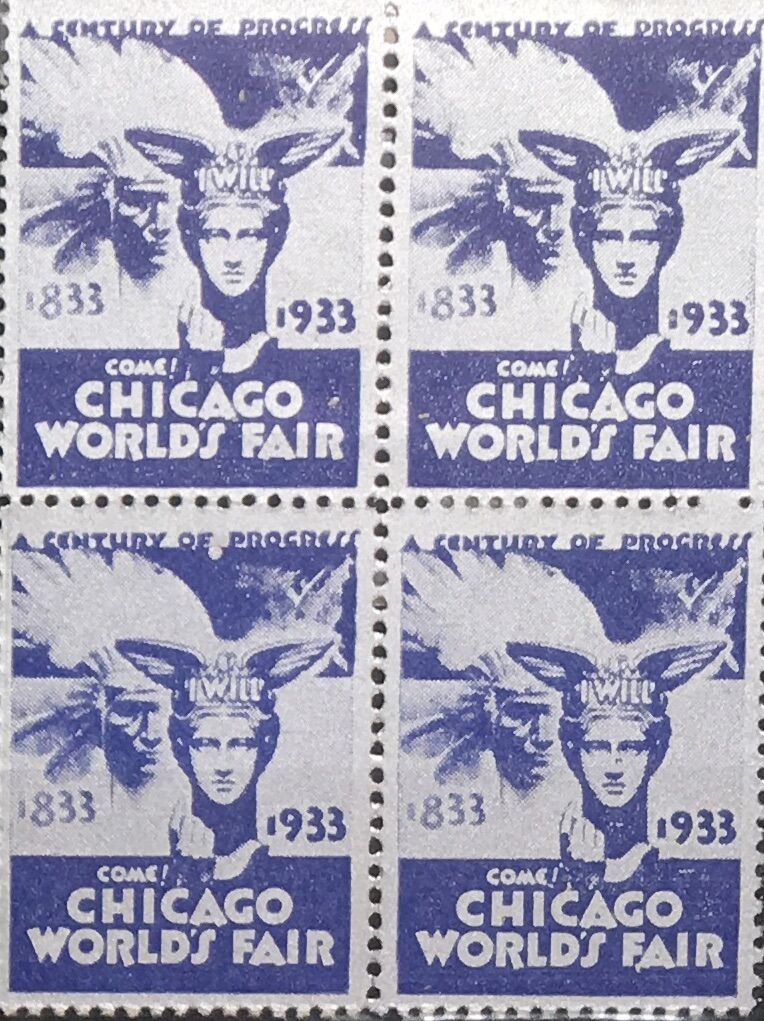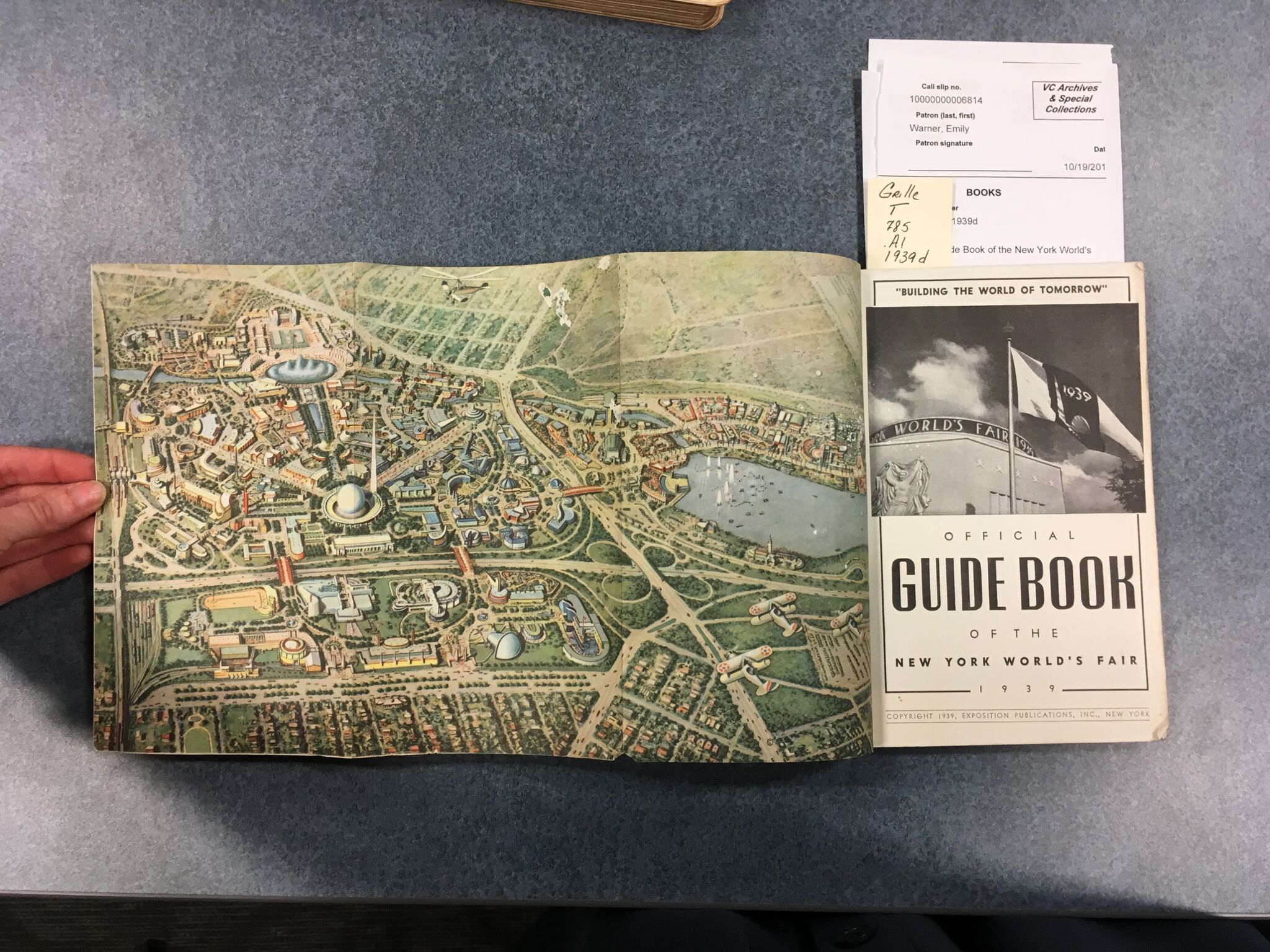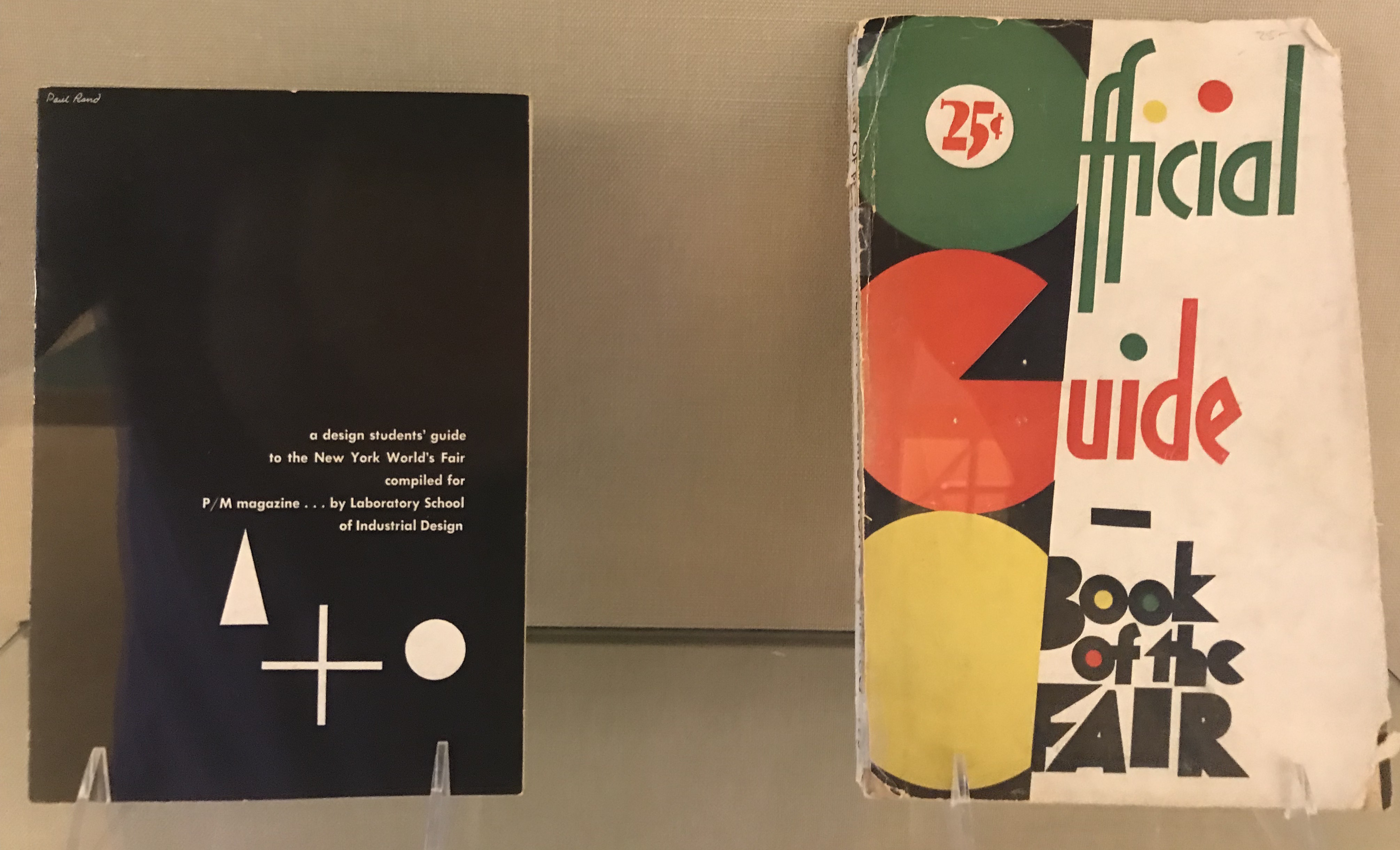The members of the Vassar Asian American Working Group (VASAM) have compiled a collection to mark 40 years since the start of the movement for Asian American Studies at Vassar. These books range from nonfiction biographies and memoirs, educational texts written by prominent Asian American professors and important works in our history to the favorite novels of Asian American students and faculty here at Vassar. From Yuri Kochiyama’s biography to the short stories of Jenny Zhang, these works inspire and reflect our own personal histories and identities while connecting us through human themes and emotions.
Through this bibliography, VASAM hopes to highlight the breadth of Asian American experiences, the knowledge we can gain from learning about them and uplifting Asian American voices, and the deficit Vassar continues to have as long as it neglects quality Asian American representation in its curriculum.
This collection is brought to you in collaboration with the Vassar College Libraries EPI Project – creating a place of belonging for all students by providing space and support for student art, performance, and expression in the libraries.
The Library EPI Project is interested in hearing from individuals or groups who want to exhibit or perform their work in the Spring or Fall or curate their own reading collection for inclusion in the library. If you or your organization are interested, or have an idea to pitch, please reach out to Deb Bucher at debucher@vassar.edu.
VASSAR ASIAN AMERICAN WORKING GROUP (VASAM) BIBLIOGRAPHY
Now on display in the Thompson Memorial Library Lobby through Mid-April.
The Sympathizer by Viet Than Nguyen
A profound, startling, and beautifully crafted debut novel, The Sympathizer is the story of a man of two minds, someone whose political beliefs clash with his individual loyalties. In dialogue with but diametrically opposed to the narratives of the Vietnam War that have preceded it, this novel offers an important and unfamiliar new perspective on the war: that of a conflicted communist sympathizer.
Pachinko by Min Jin Lee
Pachinko is the second novel by Korean-American author Min Jin Lee. Published in 2017, Pachinko is an epic historical novel following a Korean family who eventually migrate to Japan, it is the first novel written for an adult, English-speaking audience about Japanese–Korean culture.
The Best We Could Do by Thi Bui
This beautifully illustrated and emotional story is an evocative memoir about the search for a better future and a longing for the past. Exploring the anguish of immigration and the lasting effects that displacement has on a child and her family, Bui documents the story of her family’s daring escape after the fall of South Vietnam in the 1970s, and the difficulties they faced building new lives for themselves.
Woman Warrior by Maxine Hong Kingston
As a girl, Kingston lives in two confounding worlds: the California to which her parents have immigrated and the China of her mother’s “talk stories.” The fierce and wily women warriors of her mother’s tales clash jarringly with the harsh reality of female oppression out of which they come. Kingston’s sense of self emerges in the mystifying gaps in these stories, which she learns to fill with stories of her own. A warrior of words, she forges fractured myths and memories into an incandescent whole, achieving a new understanding of her family’s past and her own present. Includes a fun version of the legend of Mulan!
Tripmaster Monkey: His Fake Book by Maxine Hong Kingston
One of Vassar English Professor Hua Hsu’s favorites: “Set in the San Francisco Bay Area during the 1960s, Wittman Ah Sing is conflicted over his Chinese ancestry. … His thoughts become more fixated on the similarities between himself, and the character of a monkey king, Sun Wukong from the Chinese epic novel Journey to the West, giving the novel its name.”
Snow Hunters by Paul Yoon
The experience of South American asians is an important perspective and one not often often heard about. Snow Hunters traces the extraordinary journey of Yohan, a twenty-five-year-old North Korean POW refugee who defects from his country at the end of the Korean War, leaving his friends and family behind to seek a new life in a port town on the coast of Brazil.
Sour Heart: Stories by Jenny Zhang
A favorite of one of VASAM’s members: Jenny Zhang’s Sour Heart, tells about the lives of several Chinese American immigrant parents and their daughters in New York through overlapping short stories. Her stories break the model minority stereotype and honestly conveys the struggles of family, parenthood, and the role of children of immigrants.
The Kite Runner by Khaled Hosseini
The unforgettable, heartbreaking story of the unlikely friendship between a wealthy boy and the son of his father’s servant, caught in the tragic sweep of history, The Kite Runner transports readers to Afghanistan at a tense and crucial moment of change and destruction. A powerful story of friendship, it is also about the power of reading, the price of betrayal, and the possibility of redemption; and an exploration of the power of fathers over sons—their love, their sacrifices, their lies.
Bright Lines by Tanwi Nandini Islam
A vibrant debut novel, set in Brooklyn and Bangladesh, follows three young women and one family struggling to make peace with secrets and their past. “The miracles in Bright Lines are the understated moments of family telepathy. . . . An understated queer coming-of-age, a study of how much work it is to be a family, and a snapshot of a disappearing Brooklyn, set against the ghosts of the past, and a search for home.” —NPR.org
The Namesake by Jhumpa Lahiri
In The Namesake, the Pulitzer Prize winner Jhumpa Lahiri brilliantly illuminates the immigrant experience and the tangled ties between generations. Meet the Ganguli family, new arrivals from Calcutta, trying their best to become Americans even as they pine for home. The name they bestow on their firstborn, Gogol, betrays all the conflicts of honoring tradition in a new world—conflicts that will haunt Gogol on his own winding path through divided loyalties, comic detours, and wrenching love affairs.
The Spirit Catches You and You Fall Down: A Hmong Child, Her American Doctors, and the Collision of Two Cultures by Anne Fadiman
The Spirit Catches You and You Fall Down explores the clash between a small county hospital in California and a refugee family from Laos over the care of Lia Lee, a Hmong child diagnosed with severe epilepsy. Lia’s parents and her doctors both wanted what was best for Lia, but the lack of understanding between them led to tragedy.
American Born Chinese by Gene Luen Yang
Yang’s American Born Chinese tells a story of the struggle of accepting the duality nature of Asian Americans. The graphic novel tells the story of three seemingly unrelated stories of Sun Wukong, the Monkey King in Chinese legends, Jin Wang, an Asian American boy, and Danny, a white American boy with a Chinese cousin. It’s an easy read meant for young adults that is filled with humor. But, it still manages to express the struggle of being Asian American in a serious light. Yang has managed to create something fun and relatable while getting his target audience to likely think about their identity for the first time.
Immigrant, Montana by Amitava Kumar
Written by Vassar’s English Professor Kumar: Carrying a single suitcase, Kailash arrives in post-Reagan America from India to attend graduate school. As he begins to settle into American existence, Kailash comes under the indelible influence of a charismatic professor, and also finds his life reshaped by a series of very different women with whom he recklessly falls in and out of love. Looking back on the formative period of his youth, Kailash’s wry, vivid perception of the world he is in, but never quite of, unfurls in a brilliant melding of anecdote and annotation, picture and text. Building a case for himself, both as a good man in spite of his flaws and as an American in defiance of his place of birth, Kailash weaves a story that is at its core an incandescent investigation of love—despite, beyond, and across dividing lines.
No-No Boy by John Okada
“No-No Boy has the honor of being among the first of what has become an entire literary canon of Asian American literature,” writes novelist Ruth Ozeki in her new foreword…No-No Boy tells the story of Ichiro Yamada, a fictional version of the real-life “no-no boys.” Yamada answered “no” twice in a compulsory government questionnaire as to whether he would serve in the armed forces and swear loyalty to the United States. Unwilling to pledge himself to the country that interned him and his family, Ichiro earns two years in prison and the hostility of his family and community when he returns home to Seattle. As Ozeki writes, Ichiro’s “obsessive, tormented” voice subverts Japanese postwar “model-minority” stereotypes, showing a fractured community and one man’s “threnody of guilt, rage, and blame as he tries to negotiate his reentry into a shattered world.”
Geisha of a Different Kind: Race and Sexuality in Gaysian America by Winter Han
“Geisha of a Different Kind” bravely engages with the struggles and triumphs of Asian American gay men as they inhabit American society and its gay mainstream.A lucid study with an unflinching focus on the daily contingencies of these men’s lives, this book is an important contribution to the scholarly understanding of contemporary U.S. sex/gender systems and their fraught links to racial formations.”—Martin F. Manalansan IV, author of Global Divas: Filipino Gay Men in the Diaspora.
Transpacific Femininities: The Making of the Modern Filipina by Denise Cruz
In this groundbreaking study, Denise Cruz investigates the importance of the figure she terms the “transpacific Filipina” to Philippine nationalism, women’s suffrage, and constructions of modernity. Through a careful study of multiple texts produced by Filipina and Filipino writers in the Philippines and the United States—including novels and short stories, newspaper and magazine articles, conduct manuals, and editorial cartoons—Cruz provides a new archive and fresh perspectives for understanding Philippine literature and culture. Cruz shows how the complex interplay of feminism, nationalism, empire, and modernity helped to shape, and were shaped by, conceptions of the transpacific Filipina.
The Intimacies of Four Continents by Lisa Lowe
One of Professor Gary Okihiro’s favorites: In this uniquely interdisciplinary work, Lisa Lowe examines the relationships between Europe, Africa, Asia, and the Americas in the late eighteenth- and early nineteenth- centuries, exploring the links between colonialism, slavery, imperial trades and Western liberalism. Analyzing the archive of liberalism alongside the colonial state archives from which it has been separated, Lowe offers new methods for interpreting the past, examining events well documented in archives, and those matters absent, whether actively suppressed or merely deemed insignificant.
American History: Unbound by Gary Okihiro
Written by Professor Gary Okihiro of Asian American studies at Yale, American History Unbound reveals our past through the lens of Asian American and Pacific Islander history. Gary Y. Okihiro positions Asians and Pacific Islanders within a larger history of people of color in the United States and places the United States in the context of world history and oceanic worlds.
Heartbeat of Struggle: The Revolutionary Life of Yuri Kochiyama Diane C. Fujino by Diane C. Fujino
Heartbeat of Struggle is the first biography of Yuri Kochiyama, the most prominent Asian American activist to emerge during the 1960s. Based on extensive archival research and interviews with Kochiyama’s family, friends, and the subject herself, Diane C. Fujino traces Kochiyama’s life from an “all-American” childhood to her accomplishments as a tireless defender of—and fighter for—human rights.
America is in the Heart: A Personal History by Carlos Bulosan
First published in 1943, this classic memoir by well-known Filipino poet Carlos Bulosan describes his boyhood in the Philippines, his voyage to America, and his years of hardship and despair as an itinerant laborer following the harvest trail in the rural West. America is in the Heart is one of the first novels written from an Asian American and working class perspective to be published.
Without You There is No Us by Suki Kim
A haunting memoir of teaching English to the sons of North Korea’s ruling class during the last six months of Kim Jong-il’s reign. Without You, There Is No Us offers a moving and incalculably rare glimpse of life in the world’s most unknowable country, and at the privileged young men she calls “soldiers and slaves.”
Dictee by Theresa Hak Kyung Cha
One of Professor Hua Hsu’s favorites: Dictée is the best-known work of the versatile and important Korean American artist Theresa Hak Kyung Cha. A classic work of autobiography that transcends the self, Dictée is the story of several women: the Korean revolutionary Yu Guan Soon, Joan of Arc, Demeter and Persephone, Cha’s mother Hyung Soon Huo (a Korean born in Manchuria to first-generation Korean exiles), and Cha herself. The elements that unite these women are suffering and the transcendence of suffering. The book is divided into nine parts structured around the Greek Muses. Cha deploys a variety of texts, documents, images, and forms of address and inquiry to explore issues of dislocation and the fragmentation of memory. The result is a work of power, complexity, and enduring beauty.
The Making of Asian America by Erika Lee
The Making of Asian America tells the little-known history of Asian Americans and their role in American life, from the arrival of the first Asians in the Americas to the present-day. An epic history of global journeys and new beginnings, this book shows how generations of Asian immigrants and their American-born descendants have made and remade Asian American life in the United States: sailors who came on the first trans-Pacific ships in the 1500s; indentured “coolies” who worked alongside African slaves in the Caribbean; and Chinese, Japanese, Filipino, Korean, and South Asian immigrants who were recruited to work in the United States only to face massive racial discrimination, Asian exclusion laws, and for Japanese Americans, incarceration during World War II. Over the past fifty years, a new Asian America has emerged out of community activism and the arrival of new immigrants and refugees. No longer a “despised minority,” Asian Americans are now held up as America’s “model minorities” in ways that reveal the complicated role that race still plays in the United States.




